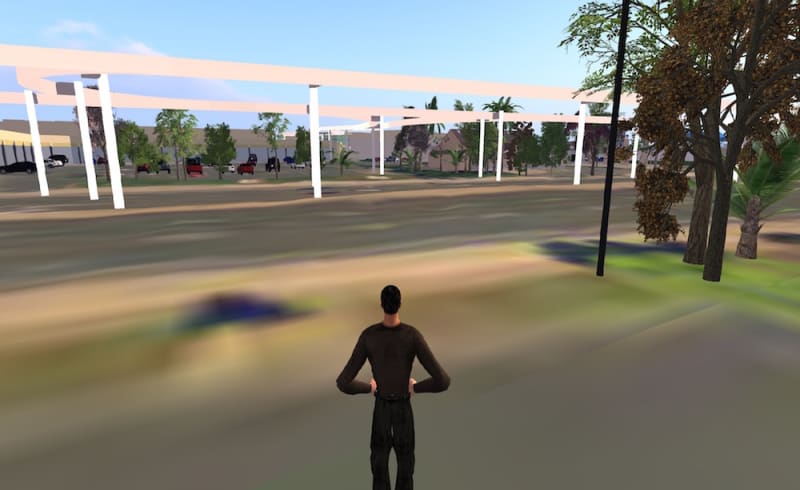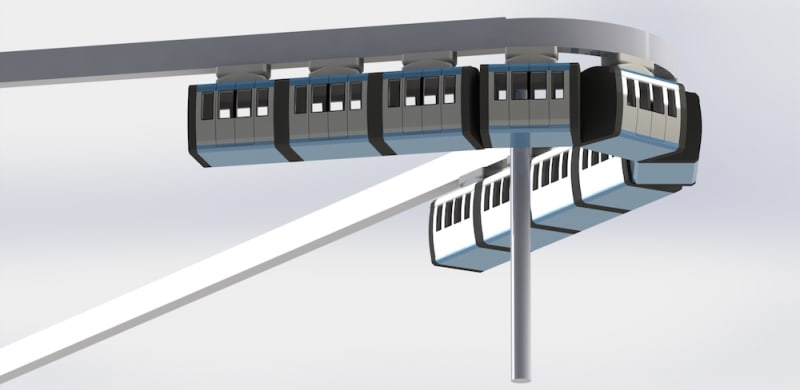Podcars or PRT has been proposed as a very convenient and fast transit system. With its small vehicles that go point to point on demand it has great merit. The small vehicles place less weight on the guideway system which reduces the installation cost. Current computer and data communication technologies enable the advanced control required to make a podcar system work on a larger scale.
Unfortunately, the benefits of podcars for passengers don't fully align with the requirements of transit planners who are the prospective buyers of these systems. Transit planners focus their attention on corridors with large capacity requirements as they expect these to be the only places where it is possible to afford a better transit system than a bus line. In these high capacity corridors the capacity of a podcar only system is too low, just a little more than a bus line.
To connect these two scenarios to a cost-efficient, convenient and fast transit system that transt planners find interesting, Beamways is developing an Adaptive Automatic Transit Network where vehicles of different length are automatically dispatched to take care of high and low capacity needs as required. This allows maximum capacities approaching subway lines at a fraction of the investment cost while simultaneously providing transit in less demanding areas of the system with equal quality.
As the vehicles for the high capacity connections are designed to be long and narrow the weight load on the guideway system is kept at the same level as for a small vehicle system. This offers ultimate flexibility and expandability of the system.
At the heart of this system are advanced algorithms to allocate vehicles to passenger trips in a way that minimizes the trip times and maximizes the vehicle utilitization dynamically based on current loading and collected statistics. It has been shown in simulations that travel times are roughly within one minute of what a podcar trip would be while line capacity is 5-10 times higher.
A first prototype of the Beamways system is currently being built in San Jose, but so far most of the design work has been performed virtually using SolidWorks and Wolfram System Modeler.
Like this entry?
-
About the Entrant
- Name:Bengt Gustafsson
- Type of entry:individual
- Patent status:patented








